Reimagining the Workplace After the Pandemic: Q&A
Office and multifamily assets need to evolve to meet employees' new needs. But how will these spaces look in 2021 and beyond? Experts from Leo A Daly and Cove weigh in.
The pandemic has shattered the world from the ground up. While uncertainty persists, everyone agrees that a complete overhaul is undeniable, from our workplaces to our homes. Adam Segal, CEO of Cove, along with Leo A Daly Senior Design Architect Daniel Yudchitz, AIA, Senior Commercial Market Sector Leader Kristina Crawley, AIA, and Senior Project Manager Leif Eikevik, AIA, reveal how workplaces will look following the current health crisis.
The pandemic period will likely continue well into 2021. What do you envision as the main design trends for offices, considering all the changes 2020 has brought?
Yudchitz: Working from home has eliminated the cultural aspect of work and left only tasks, meetings and communications—all workplace functions—that can happen virtually. What we’re missing now are the intangible parts of workplace life that contribute so much to the way companies think and innovation happens.
Going forward, workplace design will need to fill that void and provide what remote work can’t, recognizing the new “virtual” reality we’re living in and making it better. The workplace of the future needs to be nimble, adaptable, clean, flexible, reactive, interconnected and integrated, with new spaces that merge virtually and physically. Office design is now catching up to what has happened in education, retail, banking, etc. Now we’re designing for convergence—of people, of ideas and of the virtual and the physical.
Segal: As we think in terms of the office in a pandemic world, the number one issue is the safety and well-being of the user. The next six to 12 months will be more about effectively managing capacity and less about any drastic design changes. The most effective way to do this is by using technology to overlay the office and building experience.
Where design will become increasingly important will be at home. Remote work has become a reality that many people are embracing. To create the best possible remote experience, we need to revisit and upgrade our home workspaces to optimize them for productivity and daily work.
What will happen to the office design of the last decade—the open floor plans and mixed-use buildings?
Crawley: What we are witnessing—now that businesses have road-tested remote work on a large scale—is a desire for a hybridized work model. This leads to the ability to have home offices and places where one could meet remotely, which is a direct attribute of mixed-use.
The office is not dead, and mixed-use development will not cease to exist. Instead, both models will evolve into a better designed and more functional form. The office will no longer be the place for tasks, but instead for meetings, collaboration and strategic planning. Developments will evolve to include programming for those uses, and amenities will evolve to include more mixed environments, four-season outdoor venues and places for connecting without traversing to a specific office location.
When we look to the future, younger generations will expect greater adaptability and will be less dependent upon a specific place to perform their work. They will look for the “placemaking” environment which lends itself to the highest level of work they can achieve. Health and physical and mental well-being will play a vital role in the development of office space, office buildings and mixed-use developments.
Buildings of the B, B-minus and less range may become obsolete assets with land value that is more profitable as redevelopment into mixed-use, well-factored buildings. In that respect, we expect to see activity pick up steam around the country.
Segal: As people go back to the office, the open workspace will not go away because of the pandemic. Instead, the open workspace will evolve because it simply doesn’t optimize well for productivity.
Why doesn’t the open plan work? When you put everyone in an open floorplan, different work behaviors are happening at one time—heads-down work, phone calls, small meetings—all in one space. The future of office design will be behavior-based, with a more efficient use of space. This means less dedicated desks and storage. So gone are the days of one person per desk. In its place, you will have a far more dynamic work experience with a heavy amount of convenience and productivity through remote work at home.
The office itself will be divided into places based on specific tasks: reservable call boxes for calls, conference spaces for meeting rooms, quiet rooms for heads-down work and open spaces for social work and meetings.
When you talk to most people about the office, no one says that they miss their desk. Why? Because you can find a desk anywhere. What people miss are their colleagues and the socialization that comes from a shared environment.
There is a lot of buzz around the hybrid model. How will this affect the overall design of the workplace?
Crawley: The hybridized model was a trend before the pandemic, and, as with many things during the pandemic, there was an intense force to move more rapidly toward this model. It offers greater flexibility, adaptability and, quite frankly, efficiency. These kinds of forward-thinking spaces create an enviable company culture of purpose, collaboration and invention.
We are still human, and we still yearn for a work atmosphere that is accepting, providing additional interaction, camaraderie and team relationships. A hybrid model provides that environment, while remaining flexible to the ebbs and flows of modern life.
Many in the industry have lamented the loss of the “work-life balance” during the pandemic. In a hybridized model, that balance is actually better. Employees retain some of the benefits of really living life fully, both in a career and with life outside of the office. For many Americans that is a tangible benefit of working from home and something that most of the population does not want to surrender.
Flexibility is on everyone’s lips. How does flexibility translate into the office design world?
Yudchitz: Remote work has introduced telecommuting to the mainstream and building owners are paying attention. Reduced square footage means lower rents and lower utility bills. It’s also about improved quality of life for employees, reduced time lost to commuting and improved carbon footprints.
To keep these benefits going forward, companies need to figure out the role the physical office plays in their workplace strategy. The answer to that question will depend on how flexible its design is. The more flexible and the more sustainably and seamlessly remote work is integrated, the better the company will function.
We believe a lot of companies will be interested in a new workplace model we’re calling “converge and disperse.” In this model, employees will be able to come together or work at home, according to their needs. To enable this, we’re thinking about design in terms of adaptive, compact work environments that accommodate fluctuations in use and the number of people in an office. Rather than designing spaces with specific and singular uses, we’re at a flexible framework designed to accommodate and adapt to a wider range of programs and many part-time uses.
READ ALSO: Tomorrow’s Office to Be a Mix of Work Styles, Workspaces: JLL
As the office environment changes, there is an opportunity for new models in commercial real estate. The amount of space each tenant “owns” within a floor plate may shift dramatically, with shared or “elastic” amenities becoming an even bigger part of a building’s offering than currently. Technology will be instrumental in coordinating and scheduling the use of the spaces at varying times to allow them to be utilized to the fullest effective range.
Shared spaces used by multiple tenants on each floor could also lead to experimentation in new materials, assemblies and technologies to enable more flexibility in the name of effective utilization. We will reevaluate buildings not as something static but as something dynamic. Opportunities are plentiful for implementing this new toolkit in experientially inspiring ways.

The stock of office assets featuring sustainable attributes is growing, but are these characteristics enough to ensure the safety of the work environment?
Eikevik: The pandemic has accelerated the wellness design movement that was already underway. In the post-pandemic period, wellness will be a key driver in all commercial development.
The new WELL Health-Safety rating is a good place to start when thinking about creating a workplace that employees feel comfortable returning to. Working with 600 public health experts, the International WELL Building Institute developed this standard to mitigate the spread of COVID-19 and other airborne illnesses. It includes ratings of cleaning and sanitization procedures, emergency preparedness programs, health service resources, air and water quality management, stakeholder engagement and communication. Application of these principles will be critical as long as COVID-19 remains a threat. It will also be an important guide to preparing for future pandemics.
Most of the current office inventory is still lagging in the focus on sustainability. Is there a feasible solution, especially from a financial perspective?
Eikevik: Adaptability is a big part of sustainable office design. The most sustainable building is the one that’s already there. Building materials and construction represent 11 percent of global carbon dioxide emissions. By creating workplaces with the ability to be configured and reconfigured, we can add to the life span of the building and keep that carbon out of the atmosphere. Furthermore, by incorporating remote work into the new paradigm of business operations and workplace design, we take a big chunk out of the 22 percent of carbon emissions that come from transportation. By downsizing office spaces, we reduce the impact of building operations, which account for 28 percent.
As in every other field of activity, technology can improve not just processes but overall safety and wellness. Which technologies currently stand out?
Eikevik: The first consideration or line of defense is healthy and clean interior air. Some of this involves technology and some doesn’t. We need to increase access to clean, diluted outside air, move functions to the outdoors or bring outside air in.
The second line of defense is getting to a touchless office. Any door can become a touchless entry. The prohibiting factor is often cost. Owners and facilities must balance the cost of install, security and maintenance with the value of touch-free passage. Conversion options range from automatic sliding doors to automatic swing doors on actuators, to simply auto-unlatch function. Controls range from automatic eyes to wave-to-open technology, to actuators on push paddles mounted at elbow or hip height, to card reader activation. All of these require electrification and tie-in to security systems or card reader ID systems.
The third consideration is increasing the sense of ownership of office spaces: The commercial office must psychologically compete with the comforts of a home office. It needs to be warm, secure, safe and healthy, with comfortable seating and private space, fully controlled by the user. This gives users peace of mind knowing they are not in a public or semipublic space. Card access and full wireless plug-and-play functionality can be set up to allow users to check into and “own” a space. These functions also allow for ease of cleaning and contact tracing, should a COVID-19 event arise in the office.
Survey your staff and find out what they truly love about a home office environment. These clues can become the first changes you make to your office hub.
Do you see the pandemic influencing developers in how they build apartments and single-family homes? Will the home office become an essential amenity?
Yudchitz: Definitely! The line between home and workspace has become increasingly blurred. Our homes need to function as homes and workplaces, with sensitivity to acoustics and technology. The solution is not necessarily more square footage. Like the office, there needs to be adaptability within the home to accommodate work functions.
Segal: Absolutely! Multifamily has never had more significance as an asset class. As our time at home has significantly increased with remote work—a trend that has been accentuated during the pandemic and will forever help define work—we are asking our homes to do more. Be on the lookout for the home to really solve for the future of work in a meaningful way.
What trends do you see for the commercial and residential markets for the remainder of 2020 and beyond?
Crawley: As companies determine the best ways to invite employees back into an office environment, some will begin to adapt their employee schedules and prepare for a hybridized model. Office environments may start to see a ramp-up in renovations to prepare for this effort as task-based workstations at a safe distance take up a lot of space.
READ ALSO: Sustainable Office Design Trends to Watch This Year
Space planning will become a critical part of this conversation, determining what an office population will generally look like at 50 percent capacity on any given workday and what needs are required for most of that population. Many of these renovations can adapt to minor changes in the short term, with incremental evolutions that increase in scope once the workforce is generally back in the office, which is expected to be in the second or third quarter of 2021.
Segal: We will see companies taking a remote-first approach. There is still a place for the office, but its role is drastically changing.
Moving forward, companies will consider where and how people are most productive, thereby enabling employees greater flexibility to choose when and where they work. The office will morph into a place to come together as opposed to being the required 9-to-5, everyday solution.
As the office evolves to meet the modern needs of work, so will multifamily. There is no one answer to the future of work, but what is clear is that there will be many more options than just the office. In fact, the home will be key to future work experience.
One big design trend we envision is the need and creation of shared workspaces built into multifamily buildings. Not just a room with a couch and chair, but an intentionally designed shared workspace with call boxes, meeting rooms and a powerful network. The future of work will largely revolve around convenience and to fulfill this, we will need more localized solutions close to but not always in our homes.

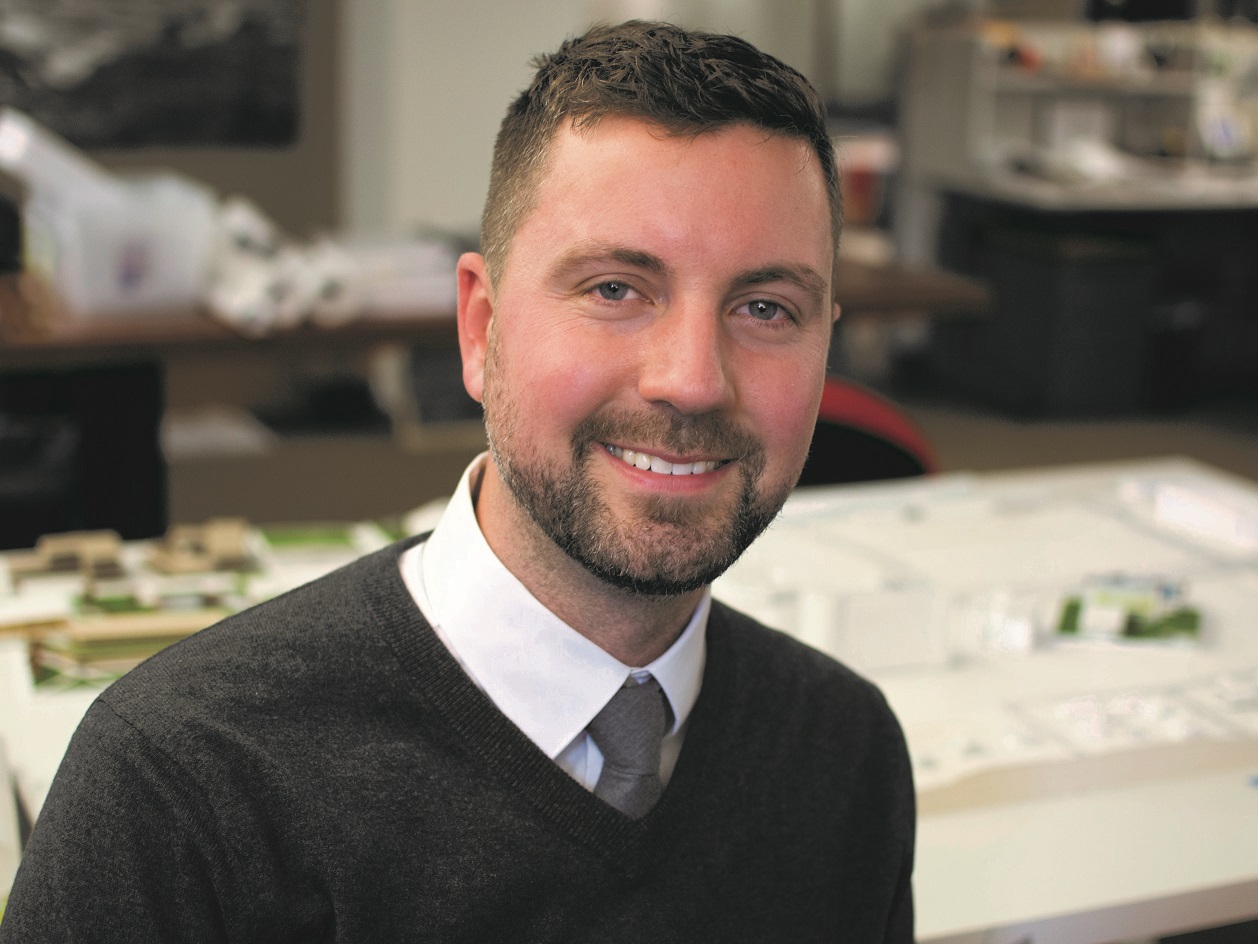
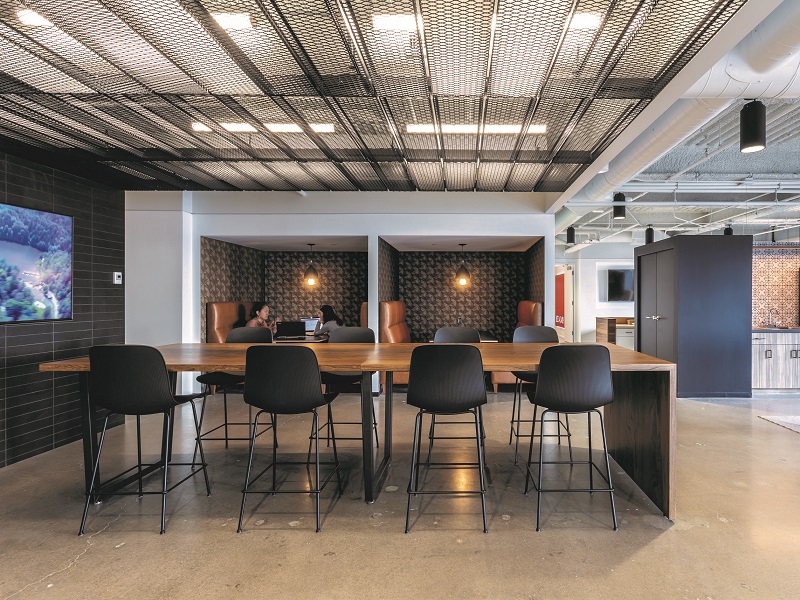
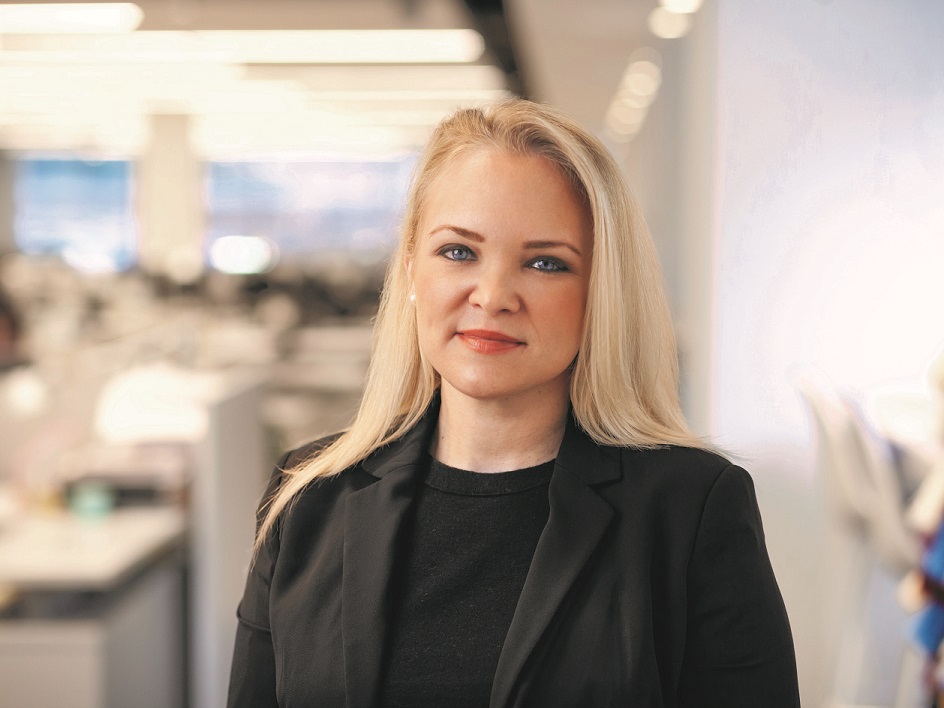

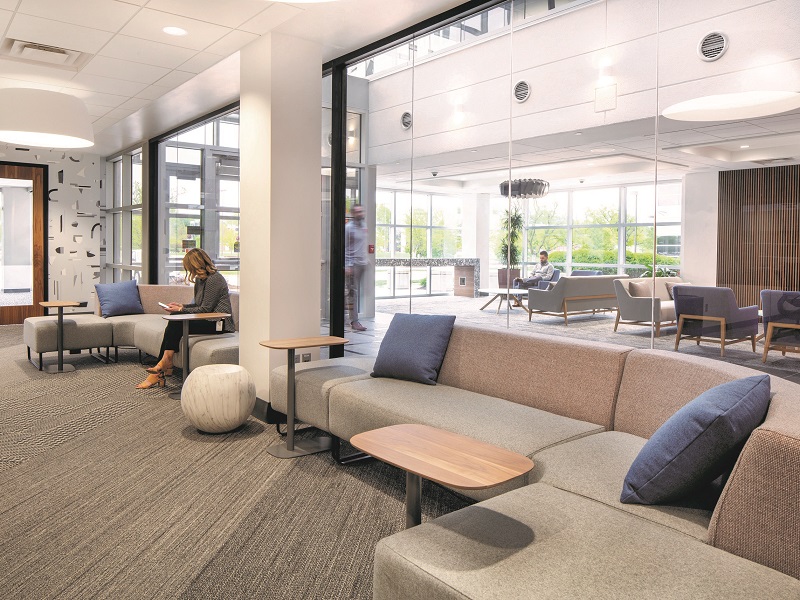
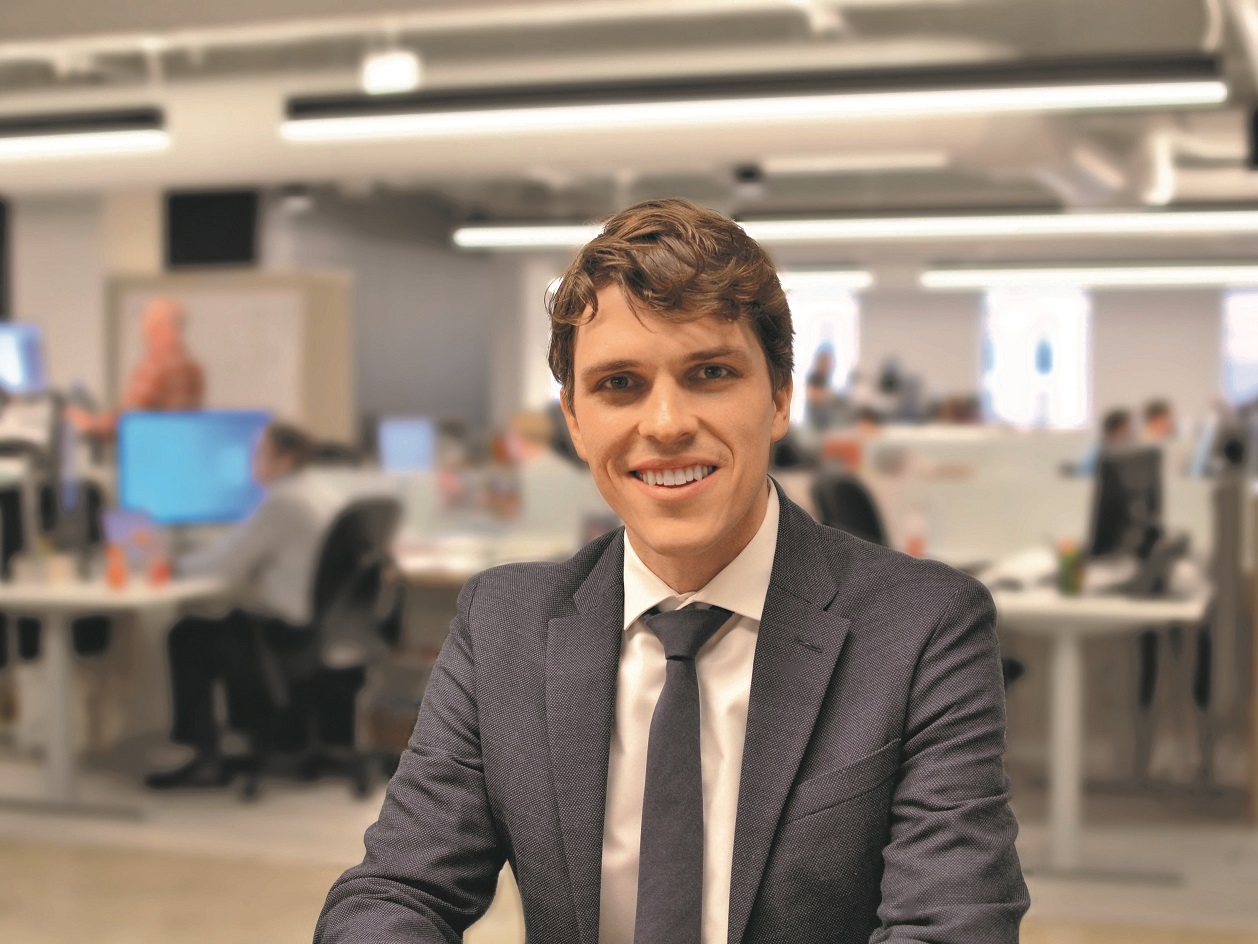
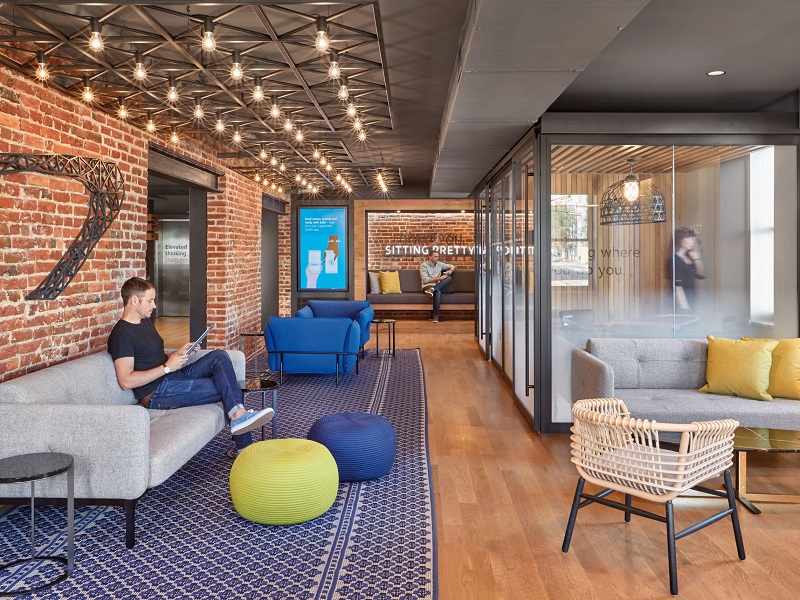
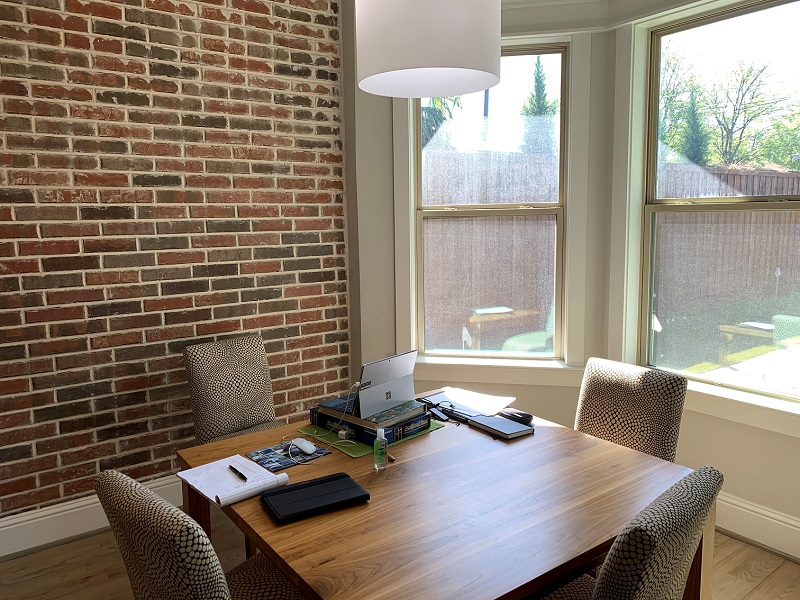
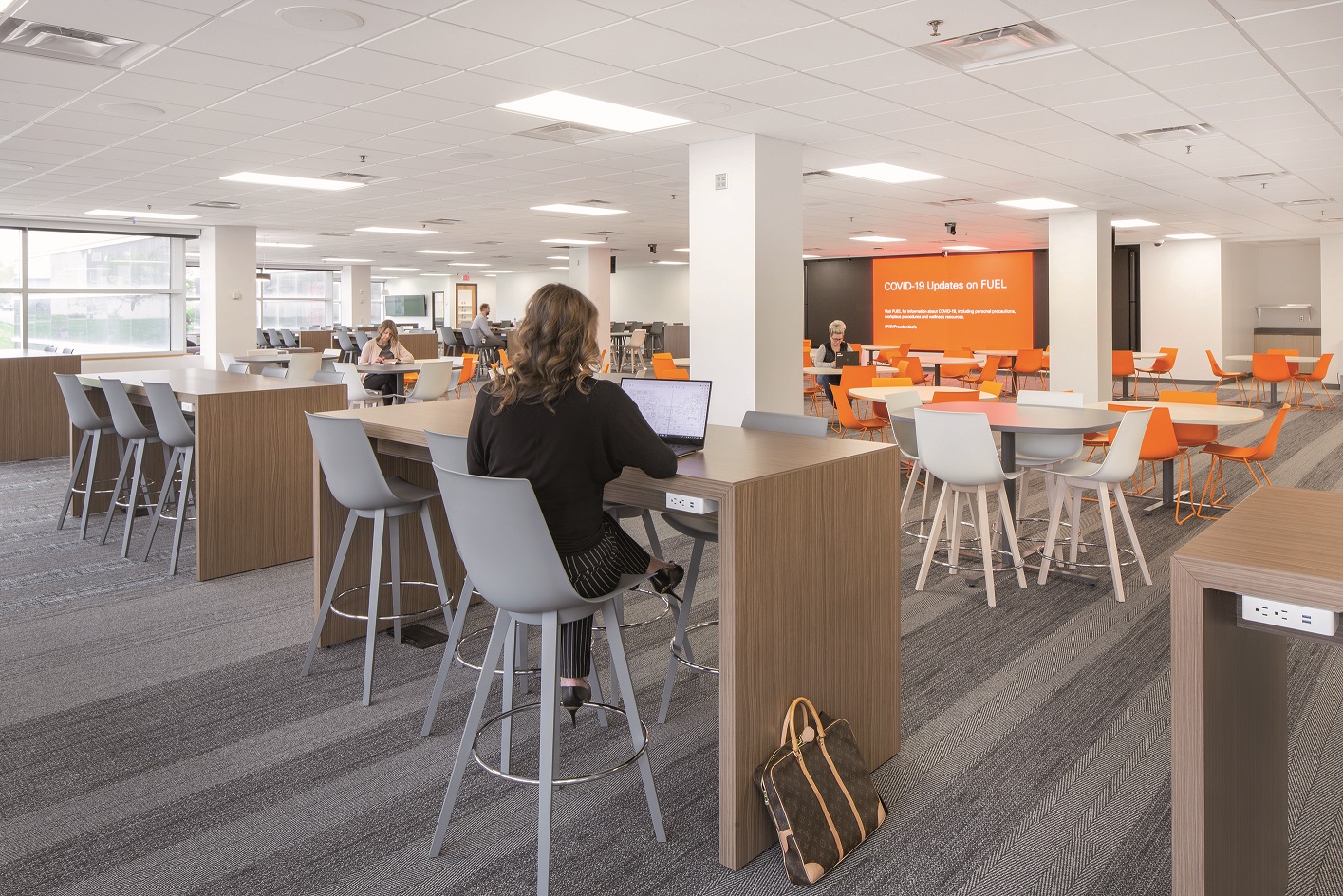






You must be logged in to post a comment.